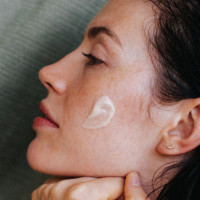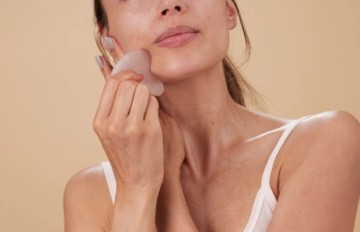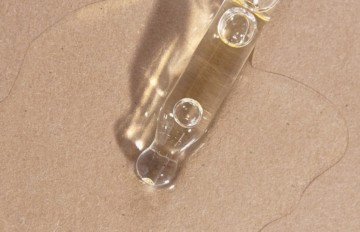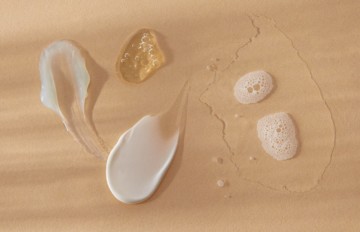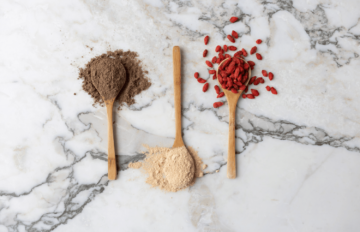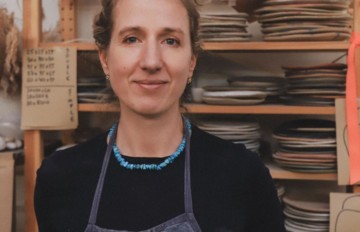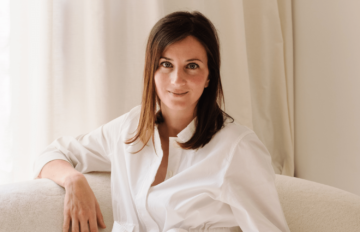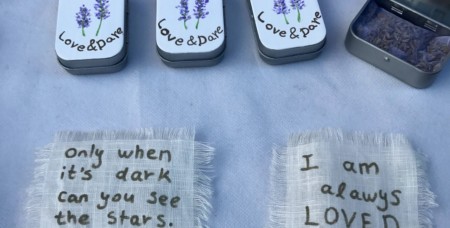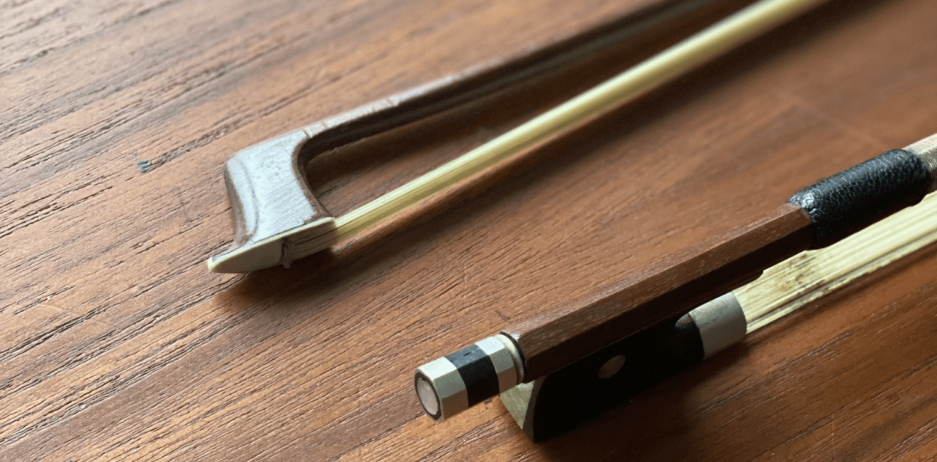
A for “Archet” (Bow)
To share his thoughts on Beauty, French designer Patrick Jouffret chose to talk about objects created by humans to fulfill their dreams. For Patrick, these objects go beyond fashion and status. They make something functional beautiful, mark chapters in our history, and show how our needs have evolved. Through this subjective selection, which he presents in the form of an alphabet book, Patrick explores the hidden dimensions of these objects – dimensions that make them unique, timeless, and essential.
Most of today’s musical instruments are played in direct contact with the body. The violin required the invention of a prostheses in order to imitate the sound of the human voice.
François Xavier Tourte devoted his entire life to improve the shape of the violin bow. Compared to Stradivarius for violins, this French bow maker, who initially trained as a watchmaker, understood that the quality of a good bow depended, above all, on the wood used.
The modern bow was therefore born, under his fingers, in the 18th century thanks to the use of Pernambuco (Caesalpinia echinata) for the manufacture of the sticks. Pernambuco is a slow-growing tree that grows on the Brazilian coasts, which are sandy or clayey soils. Tourte chooses its wood for its unique characteristics (density, strength, elasticity). The raw material has contributed to develop the instrumental technique, as carbon did in the cycle industry.

The violin bow is a humble object. Its excellence largely lies in the quality of the wood and its shaping. Even more than for the violin, it draws from its constraints a certain timelessness. A good bow will stand the test of time with the same flexibility. It’s the link between the musician’s intention and the sound, disappearing to only leave the sound vibrations.
Like a katana (Japanese sword), the bow’s frame is its primary function. There is no cover, no decorative piece that does not have an essential role. This fusion between performance and beauty is pure.
From the worked material is born the bow’s structure that becomes its form. In contact with such an object, one learns a little more about the meaning of performance. How many years of research, of learning to achieve such a mastery with so little?
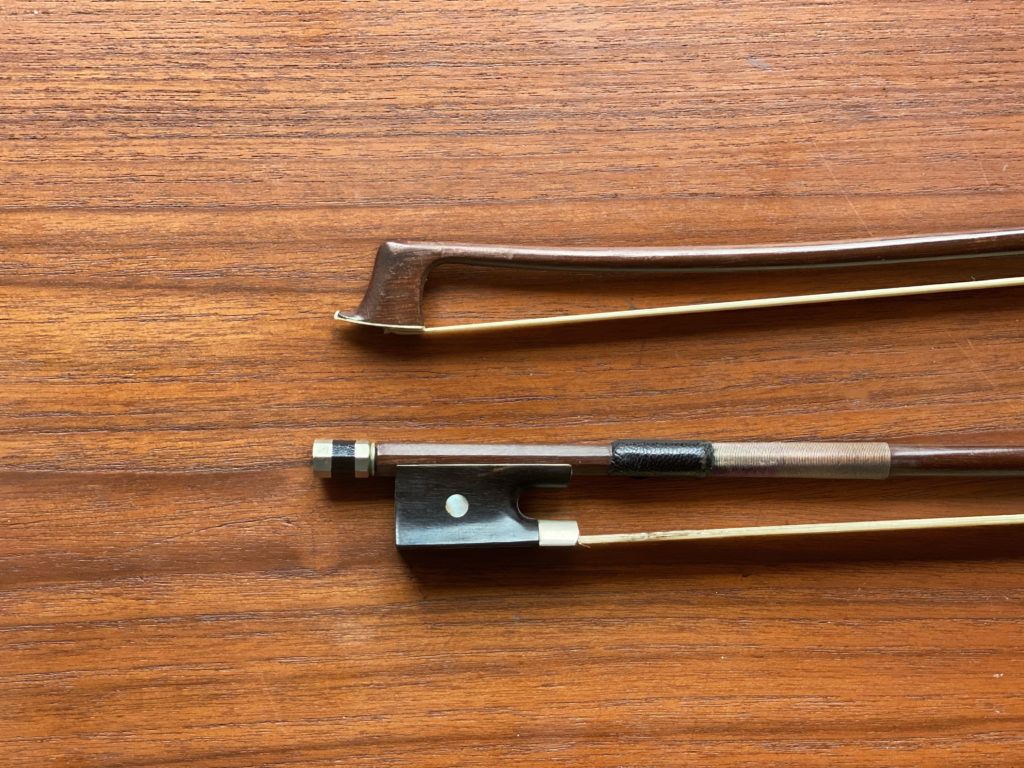
But to bring out the magical sound of the violin, the wooden arch is associated with other forms and materials: ebony, mother-of-pearl, silver, horsehair. Each material is in its place. The beauty of the violin bow also comes from the ritual. The preparation which requires to stretch the horsehair and to coat it with resin (rosin). The little finger that creates the counterweight on the tightener, the thumb wedged in the soft ebony concavity and the tip of the bow that balances the gesture so that the touch is precise, reactive.
In addition to the pleasure of the eye and of hearing, the sense of smell is stimulated with the emerging scent of fir. It’s common nowadays to erase in objects the mechanical era stigma. But isn’t their beauty linked to this complexity and the knowledge we have of it?
The use of Pernambuco wood is prohibited since 2007, a disaster for the bow makers. No one has found a substitute within the last two hundred years and the experiments in composite have not been able to compete with this natural material.
Let’s continue this discovery of the Beauty of objects with the letter B for… Bicycle!
